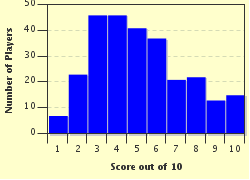Quiz Answer Key and Fun Facts
1. There are two types of explosives, mixtures and compounds. A mixture is a combination of an oxidizer and a fuel. The oxidizer helps release the energy from the fuel by adding oxygen molecules to the fuel. A compound is a substance that by itself is explosive and there is no need for an oxidizer. Which one out of the following explosives is a mixture of an oxidizer and a fuel?
2. Flash powder is a mixture of a powerful oxidizer and a metallic fuel. It is used in cinematics and in pyrotechnics. When heated it produces a brilliant white flame and a large volume of smoke. Which one of the following is not a mixture of flash powder?
3. TNT stands for trinitrotoluene.
4. What does ANFO stand for?
5. What is brisance?
6. What is a sensitiser?
7. There are two ways for an explosive to release its energy. The first way is detonation whereby the explosive force travels faster than 1000m/s. The second way is when an explosive releases its energy slower than 1000m/s. This is called ______?
8. In safety, we grade explosives according to their sensitivity with a number and a corresponding letter. What level of risk does a class 1.4 D explosive have?
9. Which one of the following is a false statement of explosives?
10. Which explosive was used in the Oklahoma City bombing?
Source: Author
MTizzone
This quiz was reviewed by FunTrivia editor
crisw before going online.
Any errors found in FunTrivia content are routinely corrected through our feedback system.


